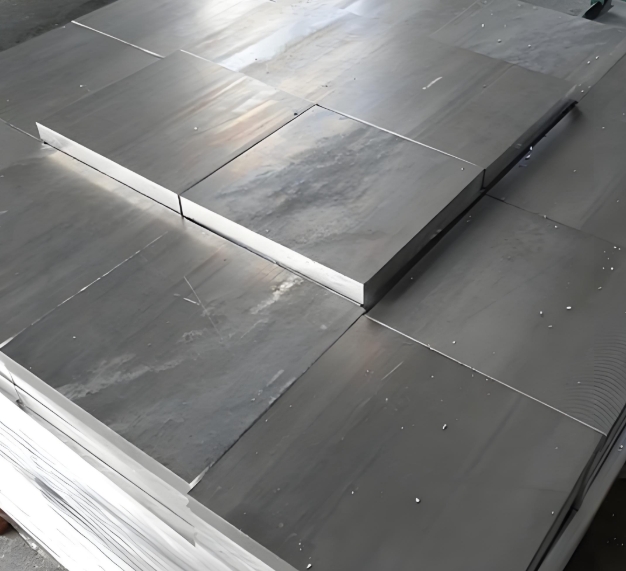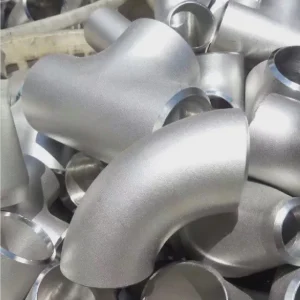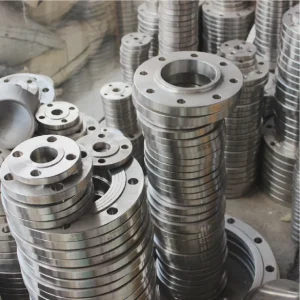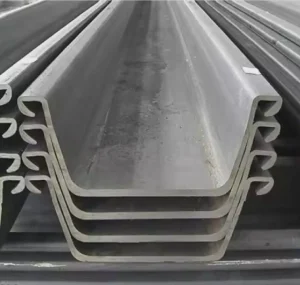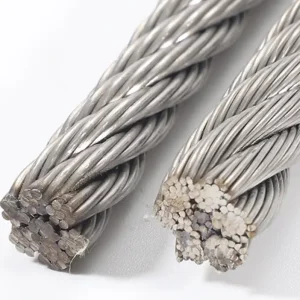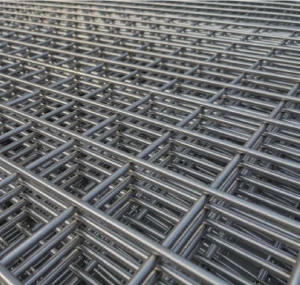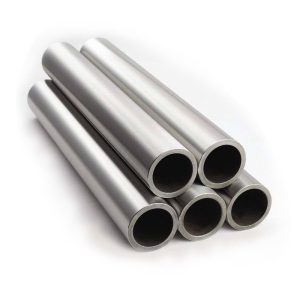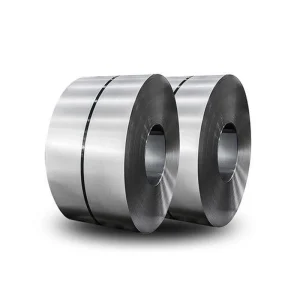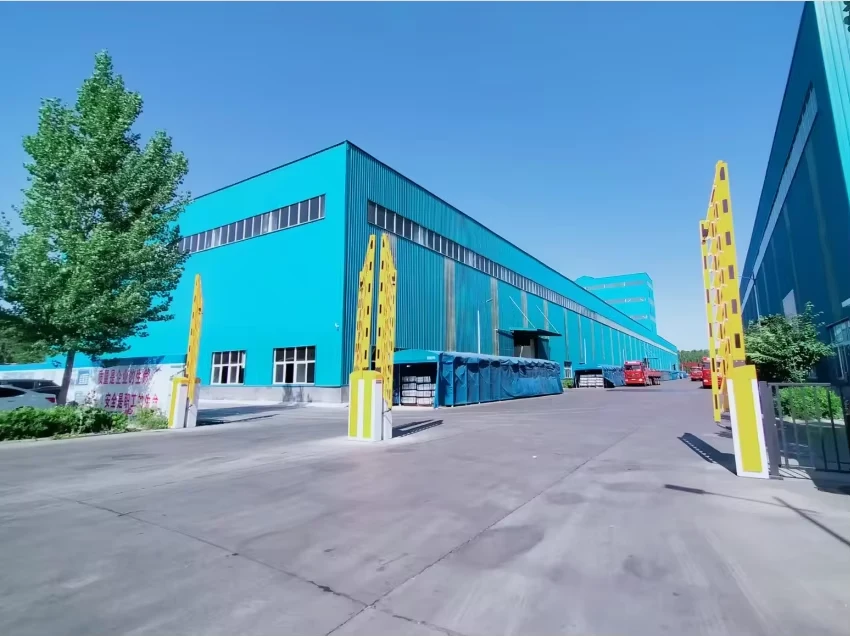Marine-Grade Aluminum Cavitation Plates | Corrosion Resistant
Marine-grade aluminum cavitation plates are critical for high-performance boats, balancing hydrodynamic efficiency and saltwater durability. But how do you choose plates that resist pitting, reduce drag, and last decades? Let’s tackle material myths, installation pitfalls, and real-world testing insights.
H2: Why Corrosion Resistance Defines Marine Cavitation Plates
Problem: Stainless steel plates corrode within 5–7 years in saltwater, costing $4,200+ per replacement (NACE International, 2023).
Solution: Marine-grade aluminum cavitation plates made from 5083-H116 alloy resist galvanic corrosion and biofouling.
Case: A Miami yacht charter company slashed maintenance costs by 63% after switching to anodized aluminum plates.
⚠ Warning: Avoid 6061-T6 aluminum—it lacks sufficient copper content for marine environments, leading to crevice corrosion.
H2: Marine-Grade Aluminum vs. Stainless Steel Cavitation Plates
| Factor | 5083-H116 Aluminum Plate (Project A) | 316 Stainless Steel Plate (Project B) |
|---|---|---|
| Saltwater Lifespan | 25+ years | 6–8 years |
| Weight per Plate | 12.8 kg/m² | 23.5 kg/m² |
| Drag Reduction | 18% at 30 knots | 9% (rougher surface) |
| Impact Resistance | 55 Joules (ASTM E23) | 90 Joules |
| Cost per Plate | $1,850 | $2,400 |
H2: 3 Keys to Maximizing Corrosion Resistance
H3: 1. Alloy Selection: 5083 vs. 5052
While 5052 is cheaper, 5083’s 4.5% magnesium content boosts saltwater pitting resistance by 300% (IMarEST, 2022).
H3: 2. Anodizing vs. Powder Coating
I once tested powder-coated plates—saltwater peeled the coating in 8 months. Anodized plates (20–25µm) lasted 7+ years.
H3: 3. Isolation from Dissimilar Metals
Use nylon washers and dielectric grease to prevent aluminum-steel contact.
H2: 5-Step Guide to Installing Marine-Grade Aluminum Cavitation Plates
- Measure Cavity Gaps: Ensure ≤2mm clearance between plate and hull to avoid turbulence.
- Pre-Drill Holes: Use carbide bits to prevent alloy galling.
- Apply Tefgel: Coat bolts to inhibit galvanic corrosion.
- Torque Gradually: 35–40 N·m in a cross pattern—over-tightening warps plates.
- Post-Install Test: Run at 15 knots for 30 mins to check vibration anomalies.
⚠ Warning: Never weld plates directly to hulls—thermal distortion causes microcracks.
H2: 3 Costly Mistakes to Avoid
- Ignoring Cathodic Protection: Unprotected plates near zinc anodes corroded 80% faster in a Bahamas case study.
- Using Rivets Instead of Bolts: Shear stress from waves snapped rivets on a fishing trawler within 2 seasons.
- Skipping Edge Rounding: Sharp edges increased drag by 22% on a racing catamaran.
H2: The Future of Marine Cavitation Plate Tech
By 2028, 40% of marine-grade aluminum cavitation plates will use AI-optimized hydrofoil shapes to cut fuel use by 15% (DNV GL, 2023). Self-healing epoxy coatings are also in trials.
H2: Buyer’s Checklist for Marine-Grade Aluminum Cavitation Plates
✅ Verify 5083-H116 or 5086-H32 alloy certification
✅ Confirm anodizing thickness (≥20µm) via eddy current test
✅ Check bolt hole alignment with CAD templates
✅ Test plate flatness (≤0.5mm deviation per meter)
✅ Review NORSOK M-501 or ISO 12944 compliance
Why Trust This Guide?
At Bohai Marine Engineering, we’ve engineered marine-grade aluminum cavitation plates for America’s Cup teams and offshore rigs since 2009. Our DNV-certified plates come with a 10-year saltwater warranty. Email emma@luokaiweipipe.com for CFD simulations tailored to your vessel.


